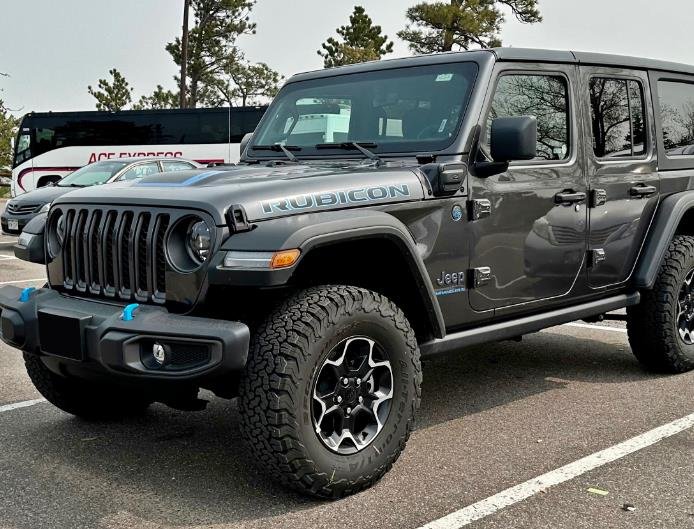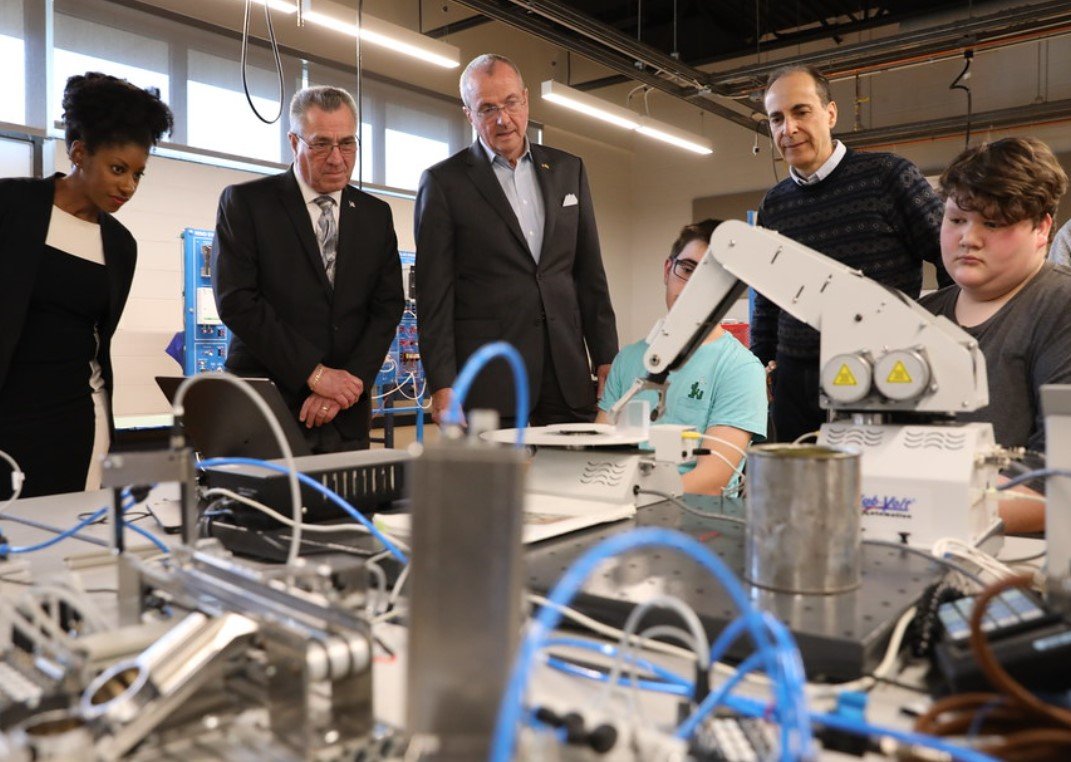In a historic move, Jeep, the iconic American carmaker known for its rugged off-road vehicles, has officially entered the electric vehicle (EV) market. The company unveiled its first fully electric vehicle, the Wagoneer S, at the recent launch event. This marks a significant shift for Jeep, which has been synonymous with gas-guzzling SUVs since its inception in 1941. The Wagoneer S is designed to cater to the growing demand for electric vehicles and represents Jeep’s commitment to innovation and sustainability.
The Wagoneer S is Jeep’s first fully electric vehicle for the U.S. market, and it comes with impressive specifications. The vehicle is equipped with two electric motors that produce a combined 600 horsepower, allowing it to accelerate from 0 to 60 mph in just 3.4 seconds. The Wagoneer S boasts a range of over 300 miles on a single charge, making it a practical option for long-distance travel. The starting price for the “launch edition” of the Wagoneer S is $72,000, with plans for more affordable and premium models in the future.

The design of the Wagoneer S is sleek and aerodynamic, a departure from the traditional boxy look of Jeep’s gas-powered models. The vehicle features a distinctive illuminated seven-slot grille, which is a nod to Jeep’s heritage while embracing modern design elements. The interior of the Wagoneer S is also noteworthy, as it uses synthetic materials that mimic the feel of leather, in response to environmental concerns. This is the first Jeep model to forgo the use of chrome, further emphasizing the brand’s commitment to sustainability.
Jeep’s Strategic Shift
The introduction of the Wagoneer S is part of Jeep’s broader strategy to expand its presence in the electric vehicle market. The company has already made strides in Europe with the launch of the compact Avenger EV, and the Wagoneer S marks its entry into the U.S. and Canadian markets. Jeep’s parent company, Stellantis, which also owns brands like Chrysler, Dodge, Fiat, Citroen, and Peugeot, is keen to roll out a range of electric, hybrid, and gas-powered models to cater to diverse consumer preferences.
Antonio Filosa, CEO of the Jeep brand, emphasized the significance of the Wagoneer S launch, stating that it marks a new chapter in Jeep’s storied history. He highlighted the brand’s nearly century-long legacy of innovation and design, and expressed confidence that the Wagoneer S would introduce a new generation of owners to the Jeep experience. The vehicle’s off-road capabilities, although not highlighted at the launch, remain a core part of Jeep’s DNA, with a concept version called the Wagoneer S Trailhawk featuring large off-road wheels and a raised suspension.
Market Reception and Future Prospects
The launch of the Wagoneer S comes at a time when interest in electric vehicles is fluctuating. Despite President Joe Biden’s push for a ban on gasoline cars, consumer enthusiasm for EVs has been waning. However, Jeep’s entry into the market with a high-performance, luxury electric SUV could reignite interest and set a new standard for the industry. The Wagoneer S is designed to gauge consumer interest in a fully electric Jeep model, and its success could pave the way for more electric offerings from the brand.
Jeep’s strategic shift towards electric vehicles is a response to both market demand and environmental concerns. By embracing electric technology, Jeep aims to reduce its carbon footprint and appeal to environmentally conscious consumers. The Wagoneer S represents a bold step forward for the brand, and its performance in the market will be closely watched by industry analysts and competitors alike. As Jeep continues to innovate and expand its electric vehicle lineup, it is poised to play a significant role in shaping the future of the automotive industry.
















